In recent years, the model of raising wild animals such as bamboo rats, civets, snakes, porcupines, deer, etc. has been boldly implemented by many households in some communes. These models not only bring significant income to people but also contribute to the protection of natural resources.

In Lang Moi village, Ban Xeo commune, Mr. Nguyen Van Hanh is one of the pioneers in raising bamboo rats and civets. At first, he only tried raising a few pairs of bamboo rats and civets, but later found that the animals were suitable for the local climate, easy to care for, and had favorable output, so he expanded the scale.
Up to now, his family's livestock farm system is more than 200 square meters wide, raising over 100 bamboo rats and more than 30 civets.
The livestock farming space is invested quite systematically with automatic cooling, heating and drinking water systems, ensuring living conditions for livestock all year round.
While checking the newly weaned civets, Mr. Hanh shared: “With this model, from now until the end of the year, there will be breeds to provide to people. The price of civets about 4 months old is 10 million VND/pair, parent civets are about 20 million VND/pair. Compared to traditional farming, raising wild animals is less prone to disease, has high profits, and stable output.”

Not only Mr. Hanh, in Bat Xat commune, Lao Cai Agricultural and Service Cooperative is also raising civets with a scale of 30 parent individuals to provide breeds for the market.
According to Mr. Bui Van Khoi, Director of the Cooperative, civets are easy to raise, their main food is ripe bananas, papaya, porridge and miscellaneous fish. Raising this animal brings high profits and a potential market.
Mr. Bui Van Khoi, Director of Lao Cai Agricultural and Service Cooperative, said: “The cooperative exports two batches of civet breeds a year. Last year we exported 40 pairs, this year the first batch has produced 30 pairs. Revenue from breeding last year was about 400 million VND, this year it is expected to reach 500 million VND. The important thing is that civets are easy to raise, suitable for the conditions here, and people can do it too.”

According to statistics from the Bat Xat Regional Forest Protection Department, there are currently 14 facilities raising wild animals with a total of 217 individuals in the area. Of these, 10 facilities raise endangered and rare wild animals in group IIB such as palm civets, palm civets... and 4 facilities raise common species such as bamboo rats, porcupines, and spotted deer.
All facilities are given management codes by the Provincial Forest Protection Department, provided with guidance on safe farming techniques, and periodically monitored. This helps ensure that animals are cared for properly and prevents the risk of illegal wildlife trafficking.

However, for sustainable development, people need support in terms of technology, legal procedures, and output of breeding animals. In particular, there needs to be a clear control mechanism between legal breeding and illegal hunting and trading of animals, in order to create a safe and legal development environment.

Raising wild animals, if done properly and systematically, will not only help people in the highlands have more economic development directions, but also contribute to reducing pressure on forest resources.
Bat Xat District (old), with more than 55,000 hectares of natural forest, forest coverage of over 60%, is one of the localities with a large forest coverage rate. Therefore, developing a model of raising wild animals here not only brings income to the people, but is also an effective way to preserve forests and protect nature sustainably.
Source: https://baolaocai.vn/gay-nuoi-dong-vat-rung-huong-phat-trien-kinh-te-hieu-qua-post648506.html









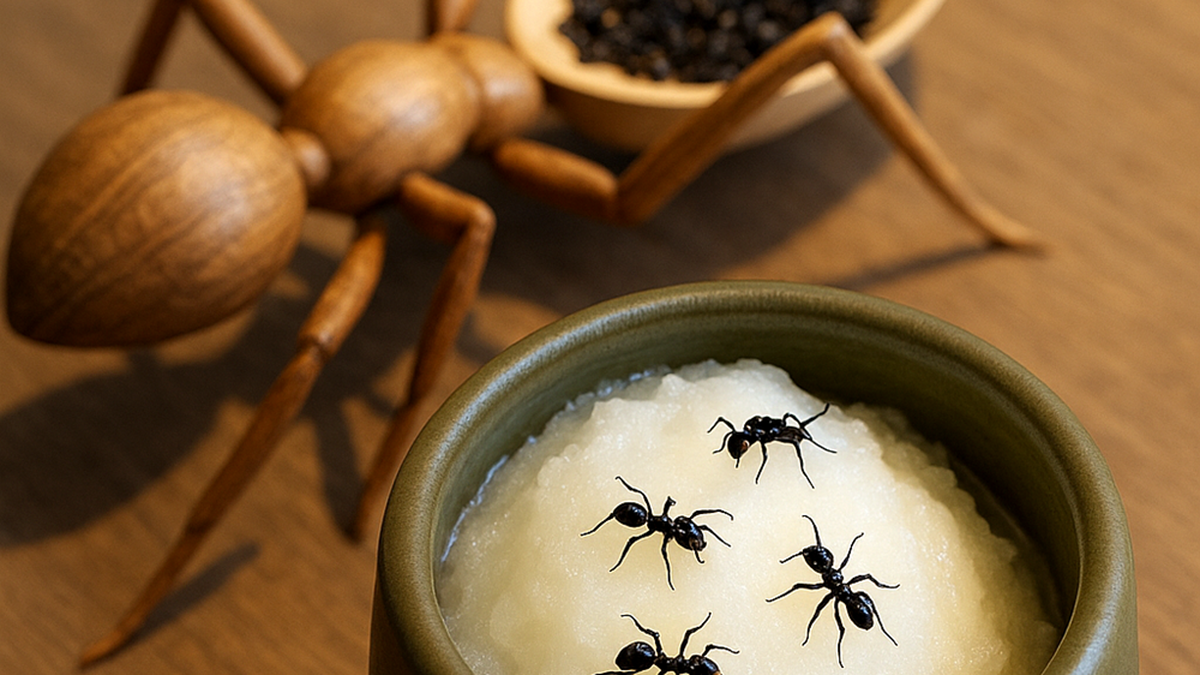
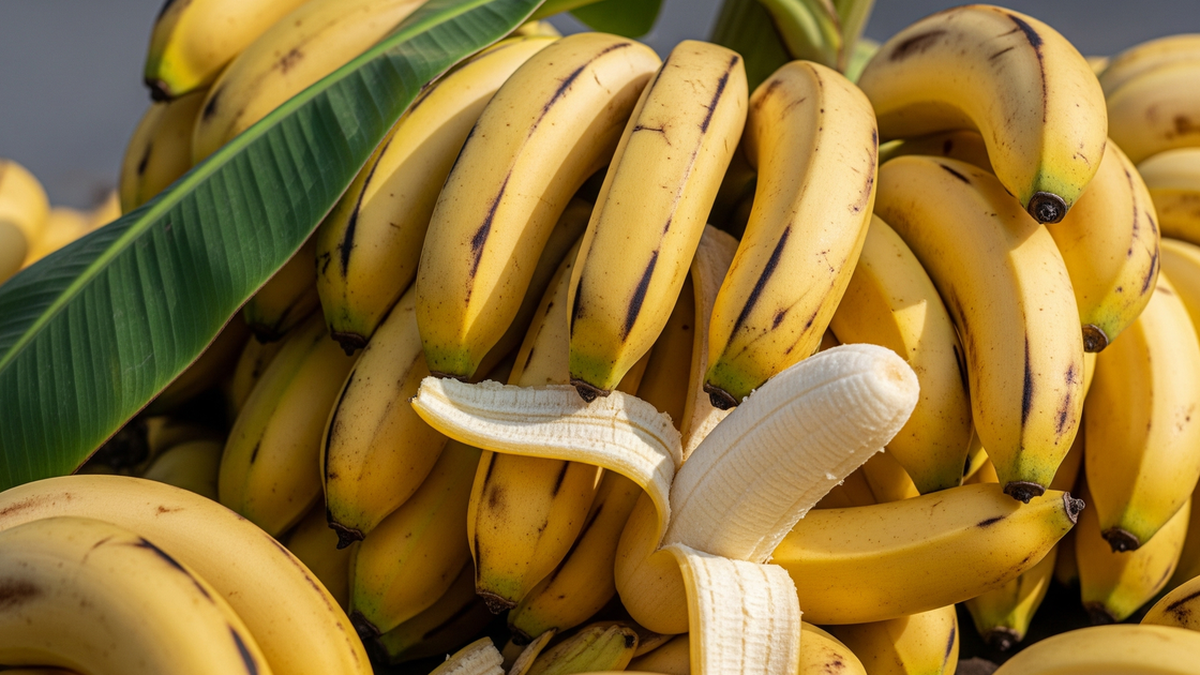
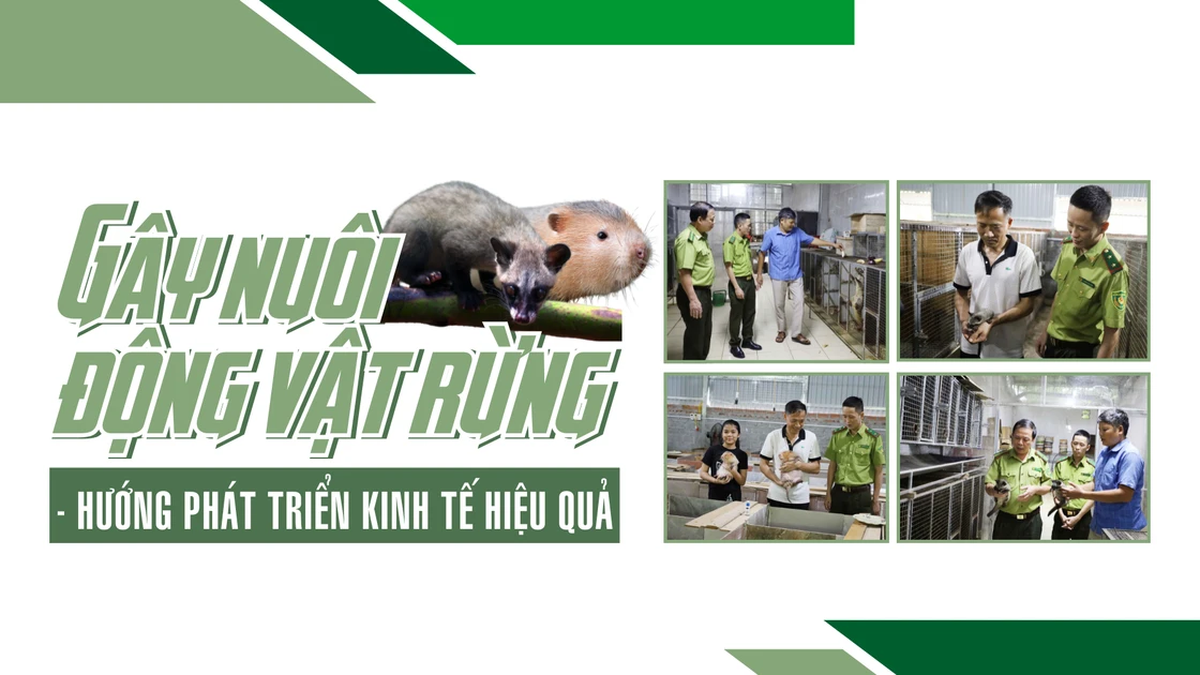

















![[Photo] Gia Lai provincial leaders offer flowers at Uncle Ho's Monument with the ethnic groups of the Central Highlands](https://vphoto.vietnam.vn/thumb/1200x675/vietnam/resource/IMAGE/2025/7/9/196438801da24b3cb6158d0501984818)








































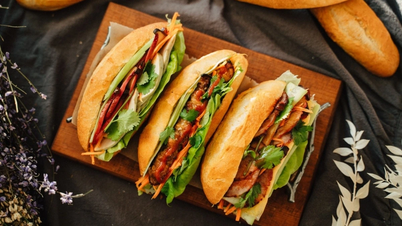
























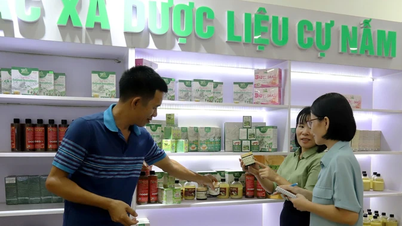





Comment (0)